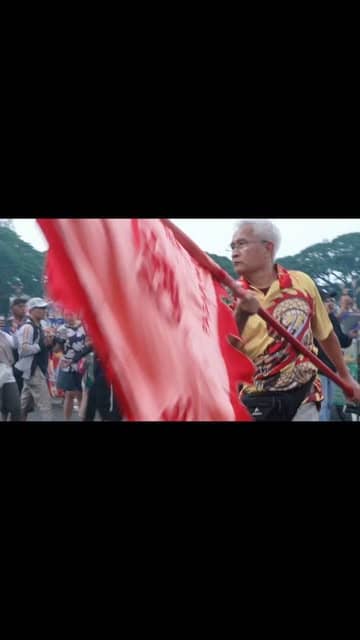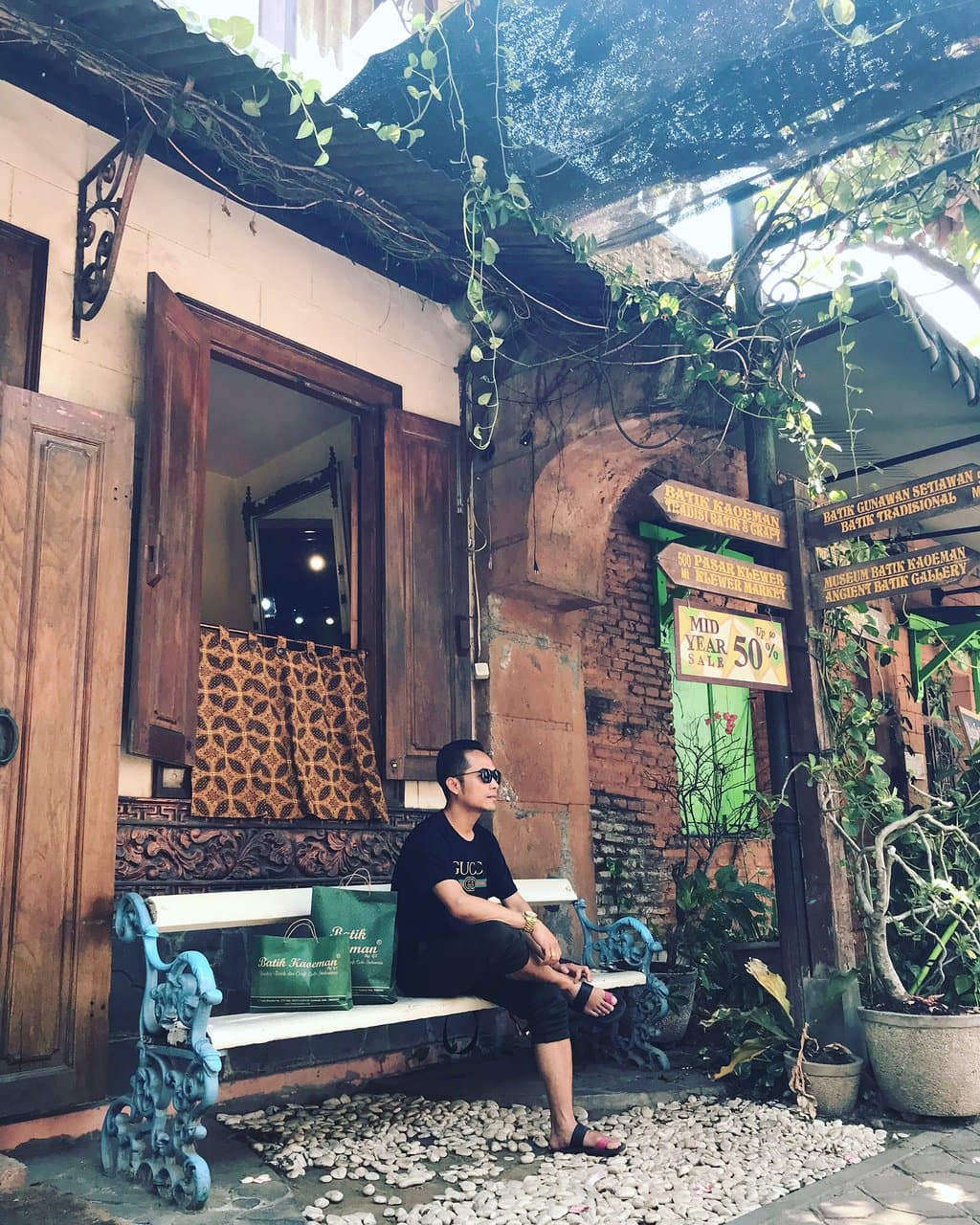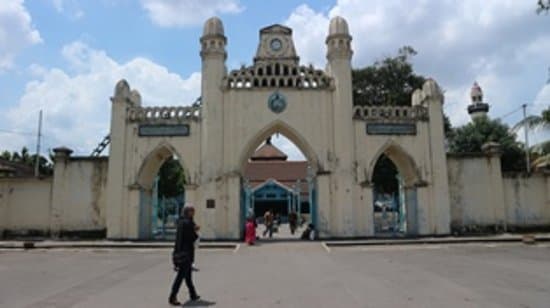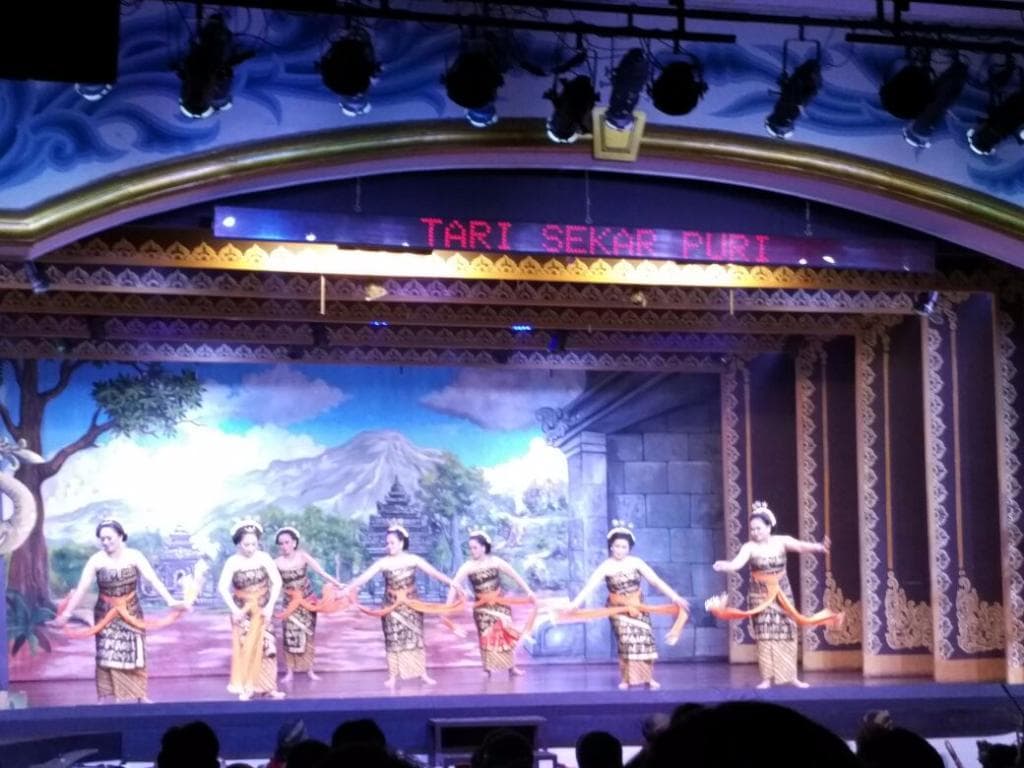Kelenteng Tien Kok Sie
Solo's oldest Chinese temple, a unique spiritual hub where Taoism, Buddhism, and Confucianism converge.
Highlights
Must-see attractions

Social
From TikTok & Reddit
Best Time
Festive atmosphere & lanterns
Kelenteng Tien Kok Sie
Best Time
Festive atmosphere & lanterns
Highlights
Must-see attractions
Solo's oldest Chinese temple, a unique spiritual hub where Taoism, Buddhism, and Confucianism converge.
"The oldest temple in Solo, a place of worship for three teachings with Guan Yin as the main deity. "
👖 Dress Modestly
Men, remember to cover your legs! It's a sign of respect.
✨ Embrace the Serenity
Take time to soak in the peaceful atmosphere and unique spiritual blend.
Highlights
Discover the most iconic attractions and experiences
The Oldest Temple in Solo
Pasar Gede Area
Discover the rich history of Solo's oldest Chinese temple, a significant cultural landmark.
Harmony of Three Teachings
Main Prayer Hall
Witness a unique blend of Taoism, Buddhism, and Confucianism under one roof.
Guan Yin's Presence
Main Altar
Pay respects to Guan Yin, the revered deity at the heart of this sacred space.
Plans like a pro.
Thinks like you
Planning Your Visit
Respectful Attire is Key
Experience the Harmony of Three Teachings
Best Times
Insider Tips
from TikTok, Instagram & Reddit
👖 Dress Modestly
Men, remember to cover your legs! It's a sign of respect.
✨ Embrace the Serenity
Take time to soak in the peaceful atmosphere and unique spiritual blend.
📸 Capture the Beauty
The architecture is stunning, perfect for photos.
🤝 Respectful Visit
Be mindful of worshippers and maintain a quiet demeanor.
Tips
from all over the internet
👖 Dress Modestly
Men, remember to cover your legs! It's a sign of respect.
✨ Embrace the Serenity
Take time to soak in the peaceful atmosphere and unique spiritual blend.
📸 Capture the Beauty
The architecture is stunning, perfect for photos.
🤝 Respectful Visit
Be mindful of worshippers and maintain a quiet demeanor.
What Travellers Say
Reviews Summary
Visitors praise Kelenteng Tien Kok Sie as Solo's oldest temple, highlighting its historical significance and the unique spiritual harmony of Taoism, Buddhism, and Confucianism. The cleanliness and serene atmosphere are frequently mentioned positives, though some note the need for respectful attire, particularly for men covering their legs.
"The oldest tample in Solo"
Shijori Shijori
"One of the oldest chinese temple in Solo, with long history together with the market (Pasar Gede)"
Reno Raphael Yang
"Men, don't forget to cover your legs! 👍"
Marty McFly
What People Like
What People Dislike
Frequently Asked Questions
🚇 🗺️ Getting There
Kelenteng Tien Kok Sie is located in the Pasar Gede area of Solo. You can reach it by local public transport, such as a Batik Solo Trans bus, or by taxi/ride-sharing services. It's easily accessible from the city center.
Parking can be challenging in the busy Pasar Gede area. It's advisable to use ride-sharing apps or public transport to avoid parking hassles.
If you are visiting Pasar Gede market, the temple is right there. It's also within walking distance of other central Solo attractions, making it a convenient stop on your itinerary.
🎫 🎫 Tickets & Entry
Generally, there is no entrance fee to visit Kelenteng Tien Kok Sie. However, donations are always welcome to help with the upkeep of this historic site.
The temple is typically open daily from morning until late afternoon. It's best to visit during daylight hours to fully appreciate the architecture and atmosphere.
No, advance booking is not required. You can visit anytime during its operating hours.
Yes, visitors are expected to dress respectfully. Men should ensure their legs are covered. Avoid revealing clothing.
🎫 🧭 Onsite Experience
Kelenteng Tien Kok Sie is the oldest Chinese temple in Solo and a place of worship for the Three Teachings: Taoism, Buddhism, and Confucianism, with Guan Yin as the main deity.
Inside, you'll find intricate architecture, altars dedicated to various deities, and a serene atmosphere. It's a place to observe religious practices and appreciate the cultural heritage.
Absolutely! The temple's beautiful architecture and serene ambiance make it a great spot for photography. Remember to be respectful of worshippers.
A visit typically takes about 30 minutes to an hour, depending on your interest in exploring the details and observing the spiritual practices.
While the main prayer areas are generally accessible, some parts might have stairs. It's advisable to check on-site for specific accessibility information.
🍽️ 🍽️ Food & Dining
While there are no food services within the temple itself, it is located in the bustling Pasar Gede area, which offers a wide variety of local street food and eateries.
Near Pasar Gede, you can find delicious local snacks and meals like Nasi Liwet, Sate Buntel, and various traditional sweets.
📸 📸 Photography
The main altar with Guan Yin, the intricate roof details, and the temple's facade are excellent photo opportunities. The courtyard also offers great shots.
Generally, photography is allowed, but it's crucial to be discreet and avoid disturbing worshippers. Do not use flash photography in prayer areas.
For Different Travelers
Tailored advice for your travel style
👨👩👧 Families with Kids
Given the temple's location in the lively Pasar Gede area, families can easily combine their visit with exploring the market, which offers a variety of local snacks and goods that kids might enjoy. Remember to emphasize the importance of respectful behavior within the temple grounds, making it a valuable lesson in cultural sensitivity.
🙏 Spiritual Seekers
Visitors often describe the temple as clean and serene, making it an ideal spot for quiet reflection. Take your time to absorb the peaceful atmosphere, observe the rituals, and appreciate the centuries of devotion that have shaped this sacred space. The temple's integration with the local community, especially during festivals like Imlek, also offers insights into living spiritual traditions.
Deep Dives
In-depth insights and expert knowledge
A Glimpse into History and Spirituality
The central deity honored here is Guan Yin, the Bodhisattva of Compassion, a figure revered across many East Asian Buddhist traditions. Visitors often speak of the temple's cleanliness and serene atmosphere, making it a peaceful retreat from the city's hustle and bustle. The architecture itself is a visual delight, with intricate carvings and traditional motifs that tell stories of faith and tradition.
During significant events like Lunar New Year (Imlek), the temple transforms into a vibrant spectacle of lights, lanterns, and community gatherings. These celebrations highlight the enduring cultural practices and the temple's role as a focal point for the local Chinese-Indonesian community. Experiencing these festivities offers a deeper understanding of the cultural tapestry of Solo.
Navigating Your Visit: Practical Tips
Beyond attire, maintaining a quiet and respectful demeanor is essential. Avoid loud conversations and be mindful of those who are praying or meditating. Photography is generally permitted, but it's crucial to be discreet and avoid using flash, especially in prayer areas, to not disturb the spiritual ambiance.
The temple's location within the Pasar Gede area means it's surrounded by a vibrant local market. This offers a fantastic opportunity to explore local snacks and crafts after your temple visit. While parking can be difficult, utilizing ride-sharing services or public transport is a convenient way to reach the temple and avoid the stress of finding a parking spot.





Social
from TikTok, Instagram & Reddit